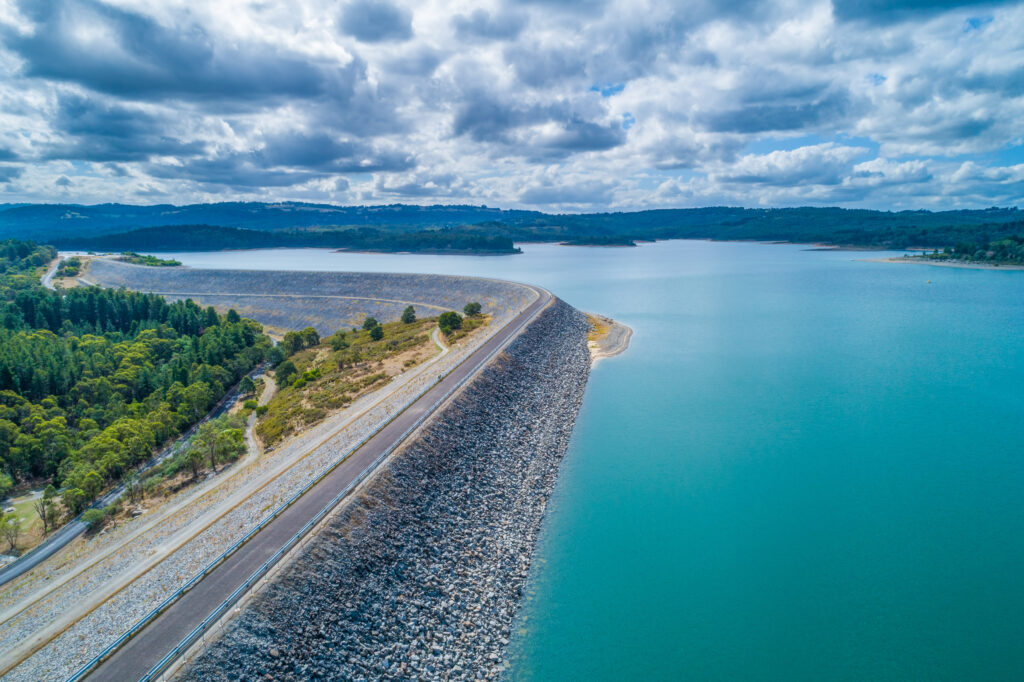Discipline
Client
Start Date:
Completion Date:

Council was able to make an evidence based decision on whether or not to support further development and subdivision within the Western Port green wedge zone.
The impacts on the overall water cycle, including flooding, potable, sewerage and groundwater were deemed to be too significant to allow further subdivision and development to occur.
The desire to reduce allowable minimum lot sizes to accommodate additional land subdivision emerged as a major concern for many Western Port Green Wedge residents.
The City of Casey initiated a planning review to determine if further development and subdivision should be allowed or
encouraged within the Western Port Green Wedge. In order to inform Council’s decision a number of specialist studies were commissioned, including an integrated water management strategy for the area.
The integrated water management strategy examined a number of potential subdivision and development scenarios. Each scenario was assessed against its impact in the following criteria:
The integrated water management strategy quantified the impact of proposed development on each of the above criterion. To quantify the impacts a detailed whole of water cycle model and flood model were created. With the information provided in the report prepared by Engeny and the other expert studies, Council concluded that widespread increased levels of subdivision cannot be supported. The investigation also allowed Council to explain and justify its decision to the community.
Assessment of the impacts of subdivision on a rural living context and determination of what threshold of subdivision is acceptable prior to impacts on existing waterways (this is a poorly researched field).
At Engeny, we’re reliable, consistent and transparent. We deliver our advice and work with precision, expertise and quality. Talk to a discipline leader in our team today and you’ll learn why so many of our clients stay with us for the long term.